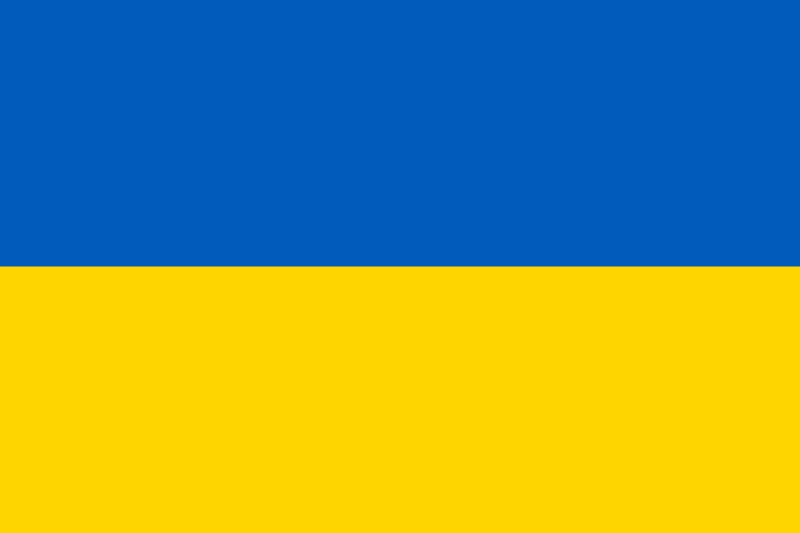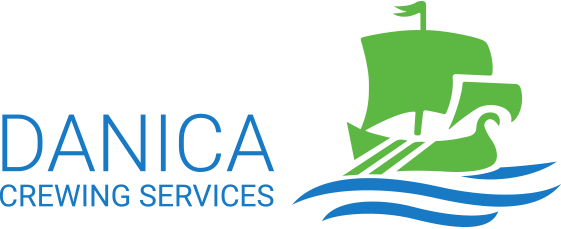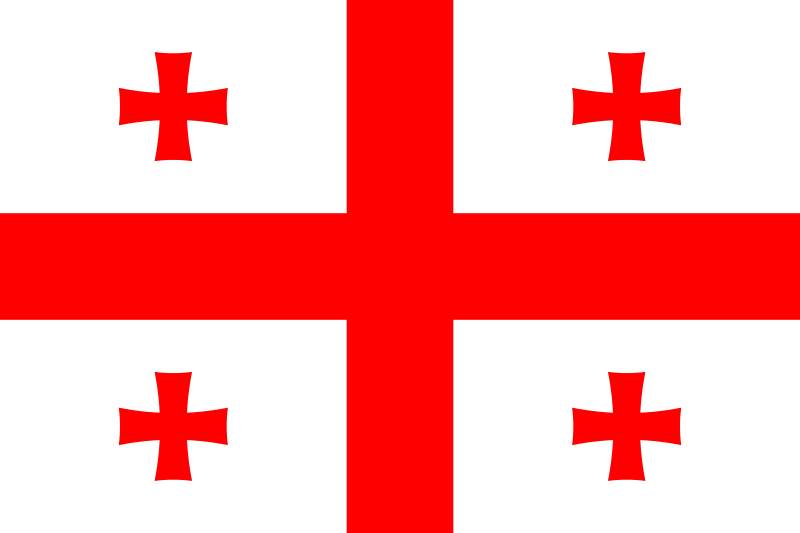Crews from around the world
Danica Crewing Specialists is able to supply your ships with a range of competent crew of many different nationalities.
Here is some information to help you decide who best suits your needs.

Ukraine fact sheet

| General | Ukraine is a country in Eastern Europe. At 603,628 sq km, it is the second-largest European stretching from Russia in the east to Poland in the west, with the Black Sea running along its southern border. |
| Capital | Kyiv |
| Population | 43.7 Million |
| Currency | Ukrainian Hryvnia [Gryna]. 1 USD = 36 Hryvnia (February 2023) |
| Language | Ukrainian (some regions can also speak in Russian) |
| Seafaring history and traditions | Ukraine is geographically central in Europe. It has a northern coastline on the Black Sea and in the south east borders the Sea of Azov, while the Dnipro River – one of the biggest European rivers –flows through the centre. As a result, Ukraine has strong maritime traditions stretching from the Kievan Rus period to modern time. On May 16, 1833, the Black Sea Shipping Company was established, which operated vessels between Odesa and Istanbul. The shipbuilding and repair works were mostly performed in the Mykolaiv and Kherson shipyards. Today Ukraine is among the top five countries which supply qualified personnel to the international maritime labour market. This is due particularly to the high-quality and modern education. There are some 16 educational maritime institutions of various levels of accreditation available in Ukraine. Of these, the two major ones are the National University, “Odesa Maritime Academy”, (established in 1944) and the Kherson State Maritime Academy (est in 1834). Both educational institutions not only provide a high level of training, but also honour the strong maritime traditions of Ukraine. |
| Number of officers | 47,058 |
| Number of ratings | 29,383 |
| Vessel types (on which the seafarers have experience) | All types of vessels (Merchant and Offshore fleet) |
| Key maritime cities / Seafarer hubs | Odesa, Kherson, Mariupol, Mykolaiv |
| Key maritime education and training centres | National University “Odesa Maritime Academy” Kherson State Maritime Academy |
| Danica Office | Danica Crewing Services Ltd., 2A Shevchenko Avenue, office 601 65044 Odesa Ukraine |

Georgia fact sheet
| General | Georgia is a transcontinental country at the intersection of Eastern Europe and Western Asia. It is part of the Caucasus region. The country covers an area of 69700 square kilometres. |
| Capital | Tbilisi |
| Population | 36.9 million |
| Currency | Georgian Lari (Gel) 1 usd = 2.64 Gel (February 2023) |
| Language | Georgian |
| Seafaring history and traditions | Historically, Georgia is a maritime state of the Mediterranean and Black Sea basins, due to its geographical features and the role of its international relations. On January 20, 1967, the foundation of the Georgian Shipping Company was laid. The headquarters of the shipping company were housed in Batumi and the key base of the company was its fleet. Following the collapse of the Soviet Union, Georgia established ocean fishing farms in Poti and Sokhumi, and, most importantly, Georgia's shipping company which included about 60 different types of vessels including tankers and cruise ships. Georgian Maritime education takes its roots in Poti Maritime Class founded in 1860. Batumi Naval College was established in 1921 (BSMA) and it became the member of the International Association of Maritime Universities (IAMU) in 2006. |
| Number of officers | 6,468 |
| Number of ratings | 11,191 |
| Vessel types (on which the seafarers have experience) | Oil Tankers, Chemical Tankers, Bulkers, Container Ships. |
| Key maritime cities / Seafarer hubs | Batumi |
| Key maritime education and training centres | Batumi State Maritime Academy, Batumi Navigation Teaching University |
| Danica Office | Danica Crewing Services – Georgia LLC – Stefane Zubalashvili str, N37. |

India fact sheet
| General | India is part of the continent of Asia. It is the seventh largest country in the world and the largest democratic one. Most of India forms a peninsula, which means it is surrounded by water on three sides. The world's highest mountain range, the Himalayas, rises in the north, while the southeast is bordered by the Bay of Bengal and the southwest is bordered by the Arabian Sea. India's terrain varies widely, from the Thar Desert in the west to jungles in the northeast. A fertile area called the Ganges Plain covers much of northern India. This formation was created from soil that was deposited by rivers running from the Himalayas. In some places, this layer of silt is over 25,000 feet (7,620 meters) deep. |
| Capital | Mumbai |
| Population | 1.42 Billion |
| Currency | Indian Rupee (INR). 1 USD = 82 INR (February 2023) |
| Language | India is a land with a range of languages and cultural diversity. The Indian Constitution recognizes 22 different languages, although Hindi and English have been designated as the official languages. |
| Seafaring history and traditions | The beginning of India's maritime history dates back to 3000 BC. During this time, the inhabitants of the Indus Valley had maritime trade links with Mesopotamia. Excavation at Mohenjo-Daro and Harappa has revealed ample evidence that maritime activities flourished during this period. The discovery of a dry-dock at Lothal (about 400 km Southwest of Ahmedabad) gives an insight into the knowledge of tides, winds and other nautical factors that existed during that period. The dry-dock at Lothal dates back to 2400 BC and is regarded as the first such facility anywhere in the world, equipped to berth and service ships. A study of the country's maritime history reveals that the Indian sub-continent exercised supremacy over the Indian Ocean from very early times up to the 13th century. Indians took to the sea for trade and commerce rather than for political ends. Thus, the period up to about 16th century witnessed peaceful sea-borne commerce and cultural and traditional exchange between countries. When India gained independence in 1947 from the British Empire, Indian tonnage was only 192,000 tons with handful of captains and seafarers. Over the past 75 years India has grown to be a major maritime nation in terms of tonnage and seafarers. |
| Number of officers | 145,000 |
| Number of ratings | 85,000 |
| Vessel types (on which the seafarers have experience) | All types, including Main Fleet and Offshore vessels |
| Key maritime cities / Seafarer hubs | Seafarers are spread all over the country, but the major cities are Mumbai, Delhi, Patna, Kolkata, Chennai, and Kochi. |
| Key maritime education and training centres | Indian Maritime University and there are many other private recognized centres spread all across India |
| Danica Office | C/O Energios Maritime Pvt. Ltd. A-401, Citi Point, Andheri-Kurla Road, Andheri – East, Mumbai – 400059, India |

Philippines fact sheet
| General | The Philippines is an archipelago composed of more than 7,100 islands with a total coastline length of about 18,000 kilometers. The total land to water ratio is 1:7, with a land area of approximately 300,000 square kilometers and a total water area of 2.2 million square kilometers. It was under Spanish rule for 333 years and under USA tutelage for a further 48 years. |
| Capital | Metro Manila is the National Capital Region located on Luzon the largest island. |
| Population | 114 million |
| Currency | Philippine Peso 1 Peso = 0.018 USD |
| Language | English and Tagalog |
| Seafaring history and traditions | According to the Department of Migrant Workers (DMW), since 1987 the Philippines has been the world’s main supplier of sea-based workers, making the country the manning capital of the world. Around 229,000 Filipino workers are on board merchant shipping vessels around the world at any given time. Overall, Filipino sea-based workers comprise more than 25 percent of the 1.5 million mariners worldwide, making them the single biggest seafarer nationality bloc in the shipping industry. It's no surprise that Filipino seafarers have made a mark in the maritime industry. The nation itself is an archipelago, with local seafarers voyaging long before Spanish galleons traveled between Manila and Acapulco. However, the surge in the number of Filipino sea-based workers occurred during the oil crises in the 1970s when the world could no longer afford Western crews. The need for seafarers drew Filipinos from the underprivileged provinces of the Philippines to enroll in the local maritime schools. Today the Philippines continues to be the primary source of sea-based workers in the global shipping and transport market, providing manpower for tankers and sea vessels from other countries around the world, most notably Denmark, Japan, the United States, Panama, Liberia, Cyprus, Bahamas, Jamaica, Greece, Malta, Singapore, Norway, and Germany. Most major universities of the Philippines offer Maritime courses with the leading public school being the Government-funded Philippines Merchant Marine Academy. It also has its own training centre for further development of seafarers. There are between 20-35,000 maritime students completing their three-year course every year but only about 5,000 manage to find jobs on-board ships to continue their seafaring career. As these numbers reveal there is a huge supply of cadets available every year to be developed to officers and crew for any company willing to invest in cadetship training developing and building their pool of seafarers. |
| Number of officers | 81,090 merchant vessels |
| Number of ratings | 171,303 |
| Vessel types (on which the seafarers have experience) | All type of vessels including Cruise and Offshore |
| Key maritime cities / Seafarer hubs | Metro Manila, Luzon, Cebu, Iloilo, Mindanao |
| Key maritime education and training centres | Metro Manila Luzon, Cebu, Iloilo, Mindanao |
| Danica Office | tba |

Russia fact sheet
| General | Russia, or the Russian Federation, is a transcontinental country spanning Eastern Europe and Northern Asia. It is the largest country in the world, with its internationally recognised territory covering 17,098,246 square kilometres (6,601,670 sq mi), and encompassing one-eighth of earth's inhabitable landmass. |
| Capital | Moscow |
| Population | 147,2 Million |
| Currency | Russian ruble (RUB) 1 USD = 75 RUB |
| Language | Russian |
| Seafaring history and traditions | The voyages of Russian sailors have been known since very old times. At the beginning of the seventh century, the Russians made campaigns in the Mediterranean Sea to the island of Crete. Russian merchants reached North Africa and traded with Andalusia. Novgorodians sailed throughout the Baltic and traded with Sweden, the island of Gotland, Denmark and other countries. The period of great Russian geographical discoveries of the 18th-19th centuries is particularly remarkable. Kamchatka expeditions by Vitus Bering and A. A. Chi-Rikov, as well as expeditions by P. K. Krinitsin and M. D. Levashov, I. I. Billings and G. A. Sarychev, laid the foundation for the development of the Pacific coast of North America. Two circumnavigations (in 1807-1813 and in 1817-1819) were made by Vice Admiral V. M. Golovnin. The voyage of F.F. Bellingshausen and M.P. Lazarev ended with the discovery of the Antarctic mainland and 29 previously unknown islands were mapped, while extensive oceanographic observations of the regions of the world’s previously unstudied oceans were made. The expedition led by F.P. Litke in 1821-1824 studied the Northern Sea Route and the coast of Novaya Zemlya and the coast in the Murmansk region were explored. Explorations of the Arctic Ocean coast were continued by F. P. Wrangel. The range of geographical knowledge about the coast and islands of the Far East was significantly expanded by the expeditions of G. I. Nevelsky. |
| Number of officers | 71 ,52 Refers to year 2021. (Source: BIMCO-ICS Manpower Report 2015 and BIMCO-ICS Seafarer Workforce Report, 2021 edition.) |
| Number of ratings | 126,471 |
| Vessel types (on which the seafarers have experience) | Oil / chemical / LPG /LNG tanker, Bulk carriers, General cargo, Container ships. |
| Key maritime cities / Seafarer hubs | St. Petersburg, Novorossiysk, Vladivostok, Kaliningrad, Arkhangelsk, Murmansk. |
| Key maritime education and training centres | St. Petersburg, Novorossiysk, Vladivostok, Kaliningrad. |
| Danica Office | Danica Crewing Services Russia LLC 190013 Saint Petersburg , Russia, Ruzovskaya str.8 Lit.B office 306. |
